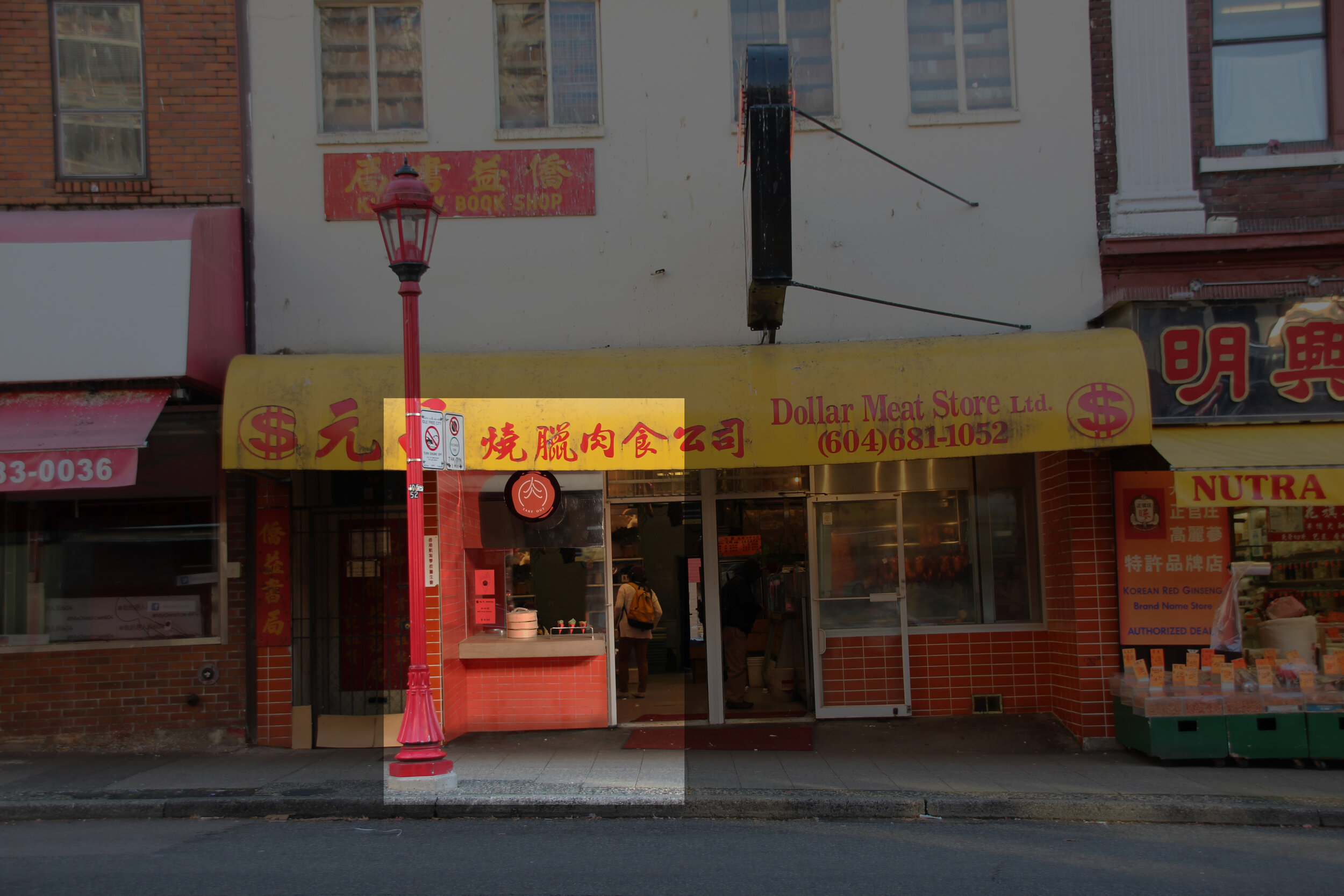window
2017




Window is a project that invited students to think critically about utilizing food design to bridge the gaps between different cultures and generations that reside within the neighborhood of Vancouver’s Chinatown. Within the class, groups of students were assigned to one neighborhood cultural food asset: a greengrocer, a barbecue meat shop, a fishmonger, and an apothecary/ dried goods shop. Drawing from existing Hua Foundation projects, students were tasked with researching the history of the businesses, what foods were sold, how and why these cultural foods assets had been established, as well as difficulties and threats businesses had endured over the years. Students were asked to think about how the visual design, service design and eating experience could connect participants with the history of their particular food asset, and how they could capture the spirit of Chinatown. The project had to reference Chinatown’s past, but also be shaped to move these food assets into the future.
In a group of five students, we began our ethnographic research by conducting observations and interviews in Vancouver’s Chinatown. Our group focused on the BBQ meat shop as a key food culture element of Chinatown. We designed a food service window, that can fit within the context of an existing storefront, and created a street food style item to be served, to highlight the cultural food origins of Chinatown and Vancouver itself.
In our research, we visited all of the BBQ meat shops in Chinatown, and determined many essential features they share. First, we found that dark, orange-red tile is one of most popular elements for BBQ meat shops in Vancouver’s Chinatown. Almost all of the stores have it, inspiring our project’s colour palette. Most shops also display a heavy wooden butcher block, with a curved surface. Their displays commonly feature a steamy window with meat hanging behind it, giving a sense of mystery, while maintaining enough transparency to allow customers to see the workspace and confirm that the food is fresh and clean. Finally, the text and pattern on the steamer and the neon signs all stand out.
We next conducted food testing research, experimenting with which type of bread works best with BBQ’d meat. We got BBQ’d meat from The Dollar Meat Store, and various kinds of bread from nearby bakeries. We ultimately preferred the plain bun, mantou, finding it works the best with BBQ’d meat, while highlighting the taste of the meat. We named our final dish “肉肉馍”, which means “BBQ meat mantou.” We designed the packaging out of reed leaves in a cone shape, which is a material in traditionally used in China for wrapping Zongzi, (steamed sticky rice bun) and biodegradable, and also easy to make.
